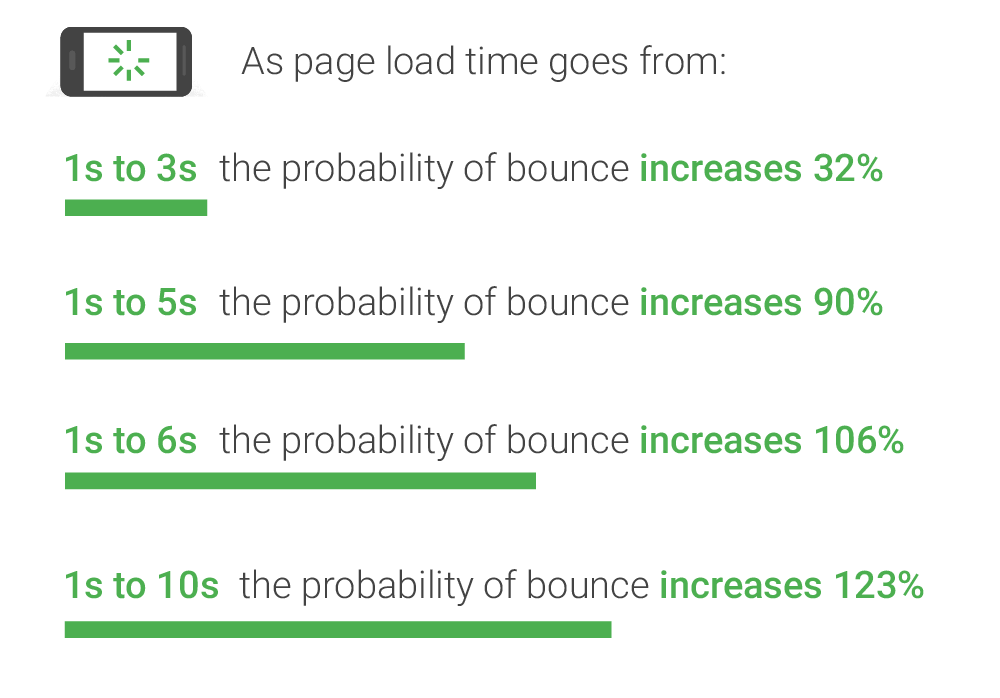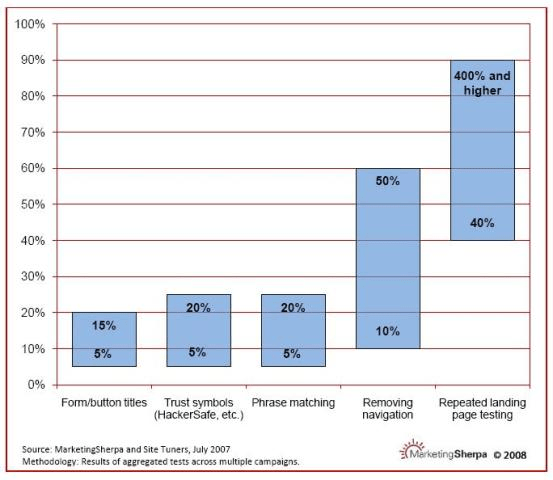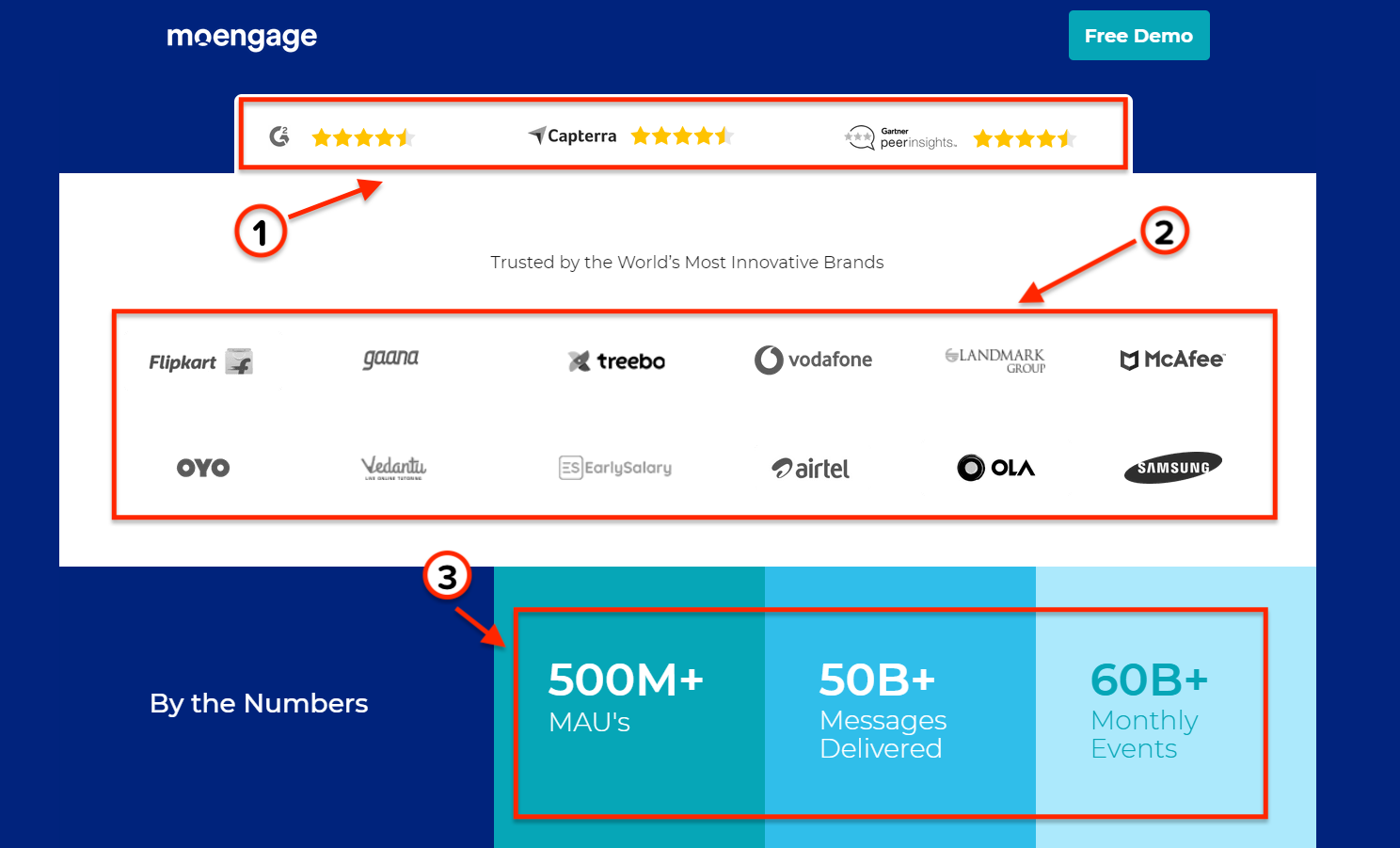Today, every business is trying to rank higher on the search results for relevant keywords to drive organic traffic to their website and the competition is going to be tougher for you in 2020.
Driving visitors to the website in the lowest possible budget is already becoming a challenge for marketers but converting those visitors into leads is another blockage between marketing & sells pipeline for you to clear.
So, if you have overcome the first challenge and getting significant traffic to the website but struggling to convert them into leads, this blog post is definitely for you.
In this blog, you’ll discover some of the craziest but actionable ways to convert your quality visitors into leads.
Let’s get started.
1. Optimize page loading speed.
One of the most underrated but common reasons behind low website conversion rate is the loading speed of web pages. In this age of multi-tasking generation, people are trying to be as productive as they can and if your website takes more than 3 seconds to load, you’re losing up to 90% of your visitors before even seeing the content on your website.

On the other side, improving your website loading time to 3 seconds can result in a massive growth in the number of visitors & lead conversion.
Now, if you’re willing to optimize your website for fast loading time, here are a few of my tips for you-
- Optimize the size of Images.
- Reduce the number of plugins.
- Use website caching.
- Minify CSS & JavaScript files.
- Resolve 404 errors.
- Reduce redirects
You can also use some of the free website analysis tools to analyse other issues with your website and take the required measures to resolve for better performance.
2. Try different Call-to-Actions
Call-to-Action (CTA) buttons on pages encourage visitors to take actions you want them to do like submitting a contact form or downloading resources.
And the design of buttons plays a very vital role in the website conversion rate. But you gotta understand that there’s no particular CTA that works for every industry or business, you have to try multiple variations to find what works for your prospects.
For example, sometimes the authoritative statement like “Send the Ebook” works as the visitor feels the authority over you while sometimes, a polite approach like “Yes, send me the ebook!” works.
It is all a matter of psychology & the more you play with it, the better you’ll be at picking the best CTAs for your landing pages.
3. Create dedicated landing pages for Ads.
One of the worst mistakes that I have seen marketers make is to drive traffic from ads directly to the website homepage instead of the landing page designed specifically for that campaign.
Believe me, it never works!
Website homepages are generic in design and content. It contains a lot of information about the company, products, features etc. which becomes a lot to create ambiguity among visitors as they may not find the page relevant to the ad they clicked on. Thus, they bounce back!
Now, if the same visitor lands on the landing page with specific information & offers related to the ad they clicked on, there will be a higher probability of conversion rate.
4. Remove distractions from landing pages.
As I mentioned in the previous point, one of the reasons why you should not use the homepage as landing pages for ads is because it causes irrelevancy and lots of distractions for them to focus on what you want them to see and take action.
Similarly, you have to avoid as many distractions as you can on your landing pages. Unnecessary images, videos and even blog sections causes distraction and drive visitors aways for the page.
Also, one of the most common distractions that people avoid on a landing page is the navigation bar. According to HubSpot, removing the navigation menu from the landing pages can boost conversion rates by 40%.

You have to understand that landing pages are designed for conversion and if you distract your prospects from your goals with unnecessary and irrelevant elements, you’ll get a fewer conversion.
5. Add only relevant fields in forms.
Usually, forms are the section where most of the prospects leave the website. This is possible because your forms are too long for users to fill or they may not want to share some of the data you’re asking for.
And this is reasonable for them to leave the page at that point and you’ve to understand this.
No one likes to share information more than they think you need to deliver the product or service they seek. I mean, just ask yourself, would you like to share your contact number for email subscriptions?
Nope. Right?
But, you would feel confident to share your contact number on “Request a demo” form because you want them to contact you. Basically, you are allowing the company to connect with you on call to take the conversation forward.
So, reduce the friction by eliminating irrelevant fields in the form and enable autofill in forms for user convenience.
6. Add trust indicators.
Trust indicators are resources like testimonials, case studies, data, clientele logo and others that help you win the trust and build credibility with prospects visiting your website.
For example, on my website homepage, you’ll find that I’m a SEMrush and HubSpot certified marketer. These certifications help me back my expertise in the field and win the trust of the people who might be looking for a marketing consultation.
Similarly, testimonials from some of your high-profile clients on the website add legitimacy and make people more willing to buy from you.
On the other hand, MoEngage takes a different approach by showcasing its biggest clientele logo right below the review ratings from different platforms.

So, analyse previous projects you have done & find something that you can use as trust indicators on your website.
7. Use multiple lead magnets.
Not every visitor is interested in your weekly newsletter subscription or ebook you’re offering for free. So, make sure that you’ve different types of lead magnets in place for different types of users.
For example, if a visitor lands on a blog post from a search result page then an ebook related to the same topic or blog category will be more impactful than email subscription pop-up. This is because they may want to dive deeper into the topic and your ebook can be helpful for them.
On the other hand, if a visitor is exploring services or feature pages, he/she may want to learn more about the company. Thus, a “Request a Callback” CTA at the end of the blog will be more relevant to such visitors than anything else.
So, understand your visitors’ behavior and attract them with relevant lead magnets. Just make sure you don’t affect user experience by popping up too many forms on the same page just to boost your website conversion rate.
Wrapping Up
Finally, if you can get people to visit your website, you have to make them stay longer on the website and encourage them to explore other pages too.
But this is only possible if you can implement the above-discussed ways. Now, go ahead and evaluate what’s missing on your website and build a stronger pipeline for the sales team.
I hope this blog serves my purpose to help you boost your website conversion rate. If so, please, do share with other marketers in your community.
